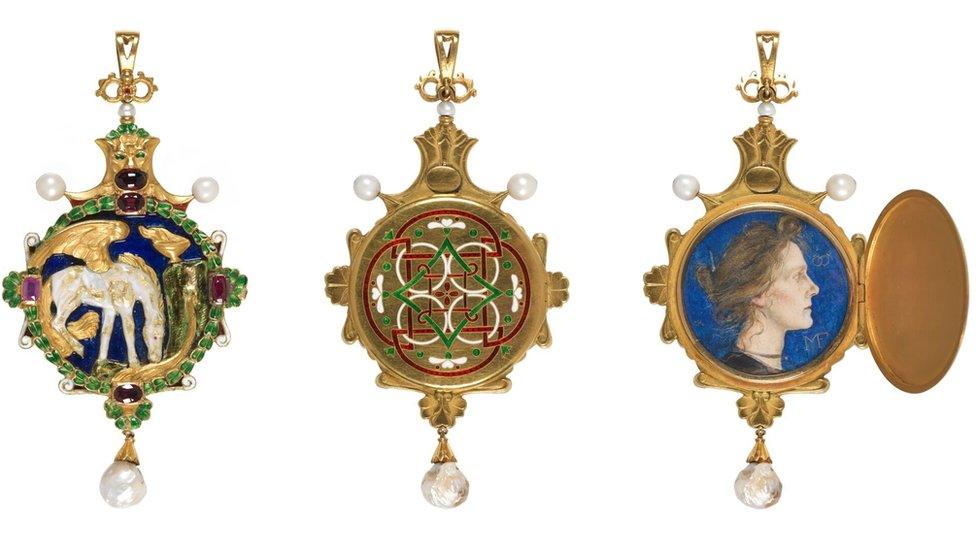Cyprus 'terracotta army' figures in Cambridge in UK first
- Published
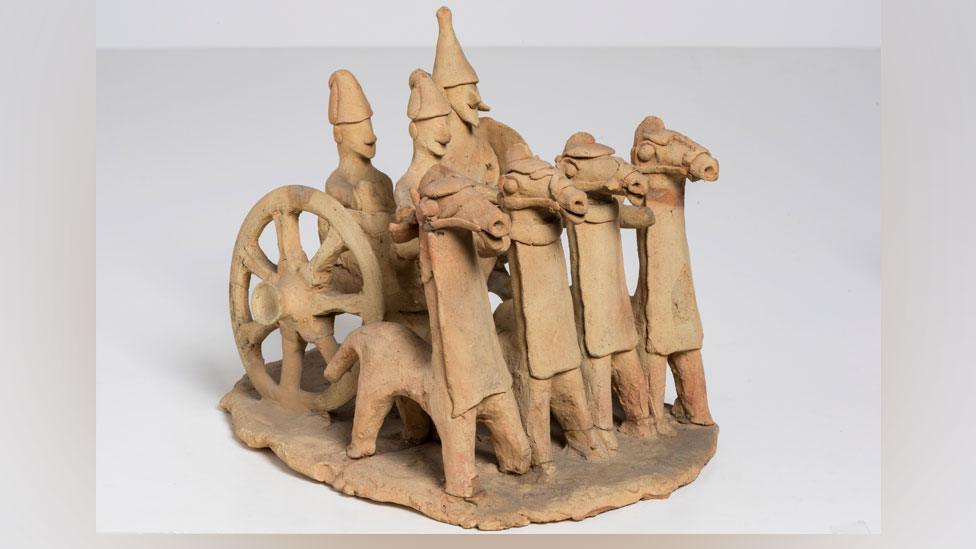
This model of a horse-dawn chariot and rider was among 2,000 figures found in 1929 Cyprus
Figurines from the so-called "terracotta army of Cyprus" are to go on show in the UK for the first time.
The larger than life-size clay figures were discovered in north-west Cyprus and will join 200 ancient treasures on display in Cambridge.
They are part of a Fitzwilliam Museum exhibition, external, which explores the art and identities of the largest Mediterranean islands - Cyprus, Sardinia and Crete.
It hopes to transport visitors back to everyday life 4,000 years ago.
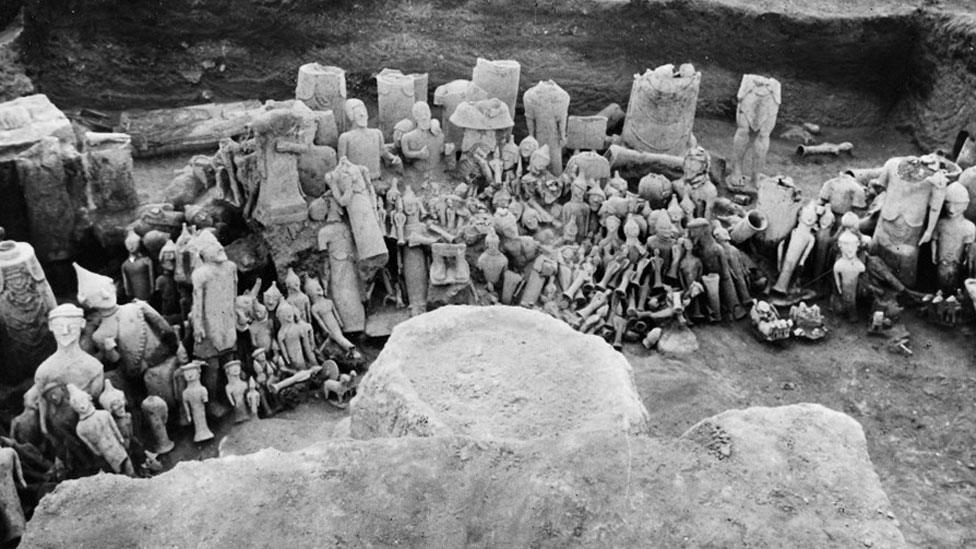
Archaeologists uncovered an open-air shrine, with the clay figures placed around a limestone altar

The Archaeological Museum of Nicosia has 500 of the figures and is the first time they have been loaned to a UK show
The Swedish Cyprus Expedition discovered 2,000 clay votive figurines, including human figures, sphinxes and horse-drawn chariots, at the sanctuary of Agia Eirini in 1929.
About 500 remain at the Archaeological Museum of Nicosia and some are among more than 50 objects borrowed from Cyprus' national museums for the exhibition.
Dr Marina Solomidou-Ieronymidou, director of the department of antiquities in Cyprus, said: "We look forward to viewing the cultural objects of these three islands side by side, in a creative dialogue for the first time."

Also on loan is a 10cm (four inch)-high bronze figure from Sardinia, which shows a mother cradling her dead son
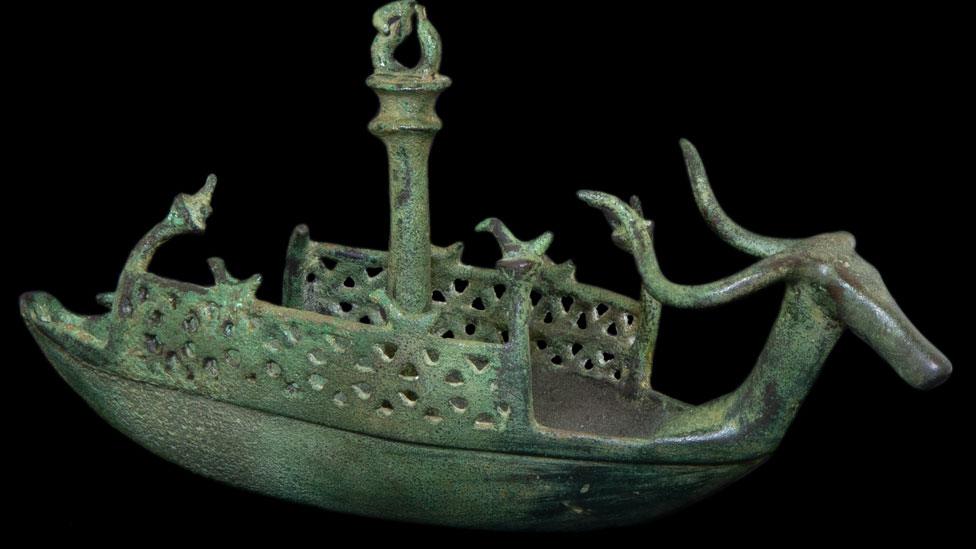
And a boat model (c1000 to 700BC), which emphasises the growing importance of seafaring, trade and communication to all three islands from the Bronze Age
Bronze votive figures from ancient burial grounds in Sardinia are also on display in the UK for the first time.
These include a bronze boat, a figure of an archer and a figure of a grieving mother holding her dead child.
They come from 4,000-year-old Nuragic civilization which left no written records, yet lasted from about 2000BC until Roman colonisation in 238BC.

The crawling baby model was found in the sacred caves of Psychro and Ida in eastern Crete
Other highlights include a miniature crawling baby discovered in caves in eastern Crete (3200BC to 1200BC), on loan from the Ashmolean Museum in Oxford.
Curator Dr Anastasia Christophilopoulou said the exhibition brings together three years of research.
"We must picture ourselves in one of these islands, to better understand how these unique objects reveal self-perceptions, community identity and the islands' long histories," she said
Islanders: The Making of the Mediterranean will open at the Fitzwilliam Museum on 24 February and run until 4 June.

Find BBC News: East of England on Facebook, external, Instagram, external and Twitter, external. If you have a story suggestion email eastofenglandnews@bbc.co.uk, external
Related topics
- Published7 October 2022

- Published16 June 2022

- Published26 September 2021
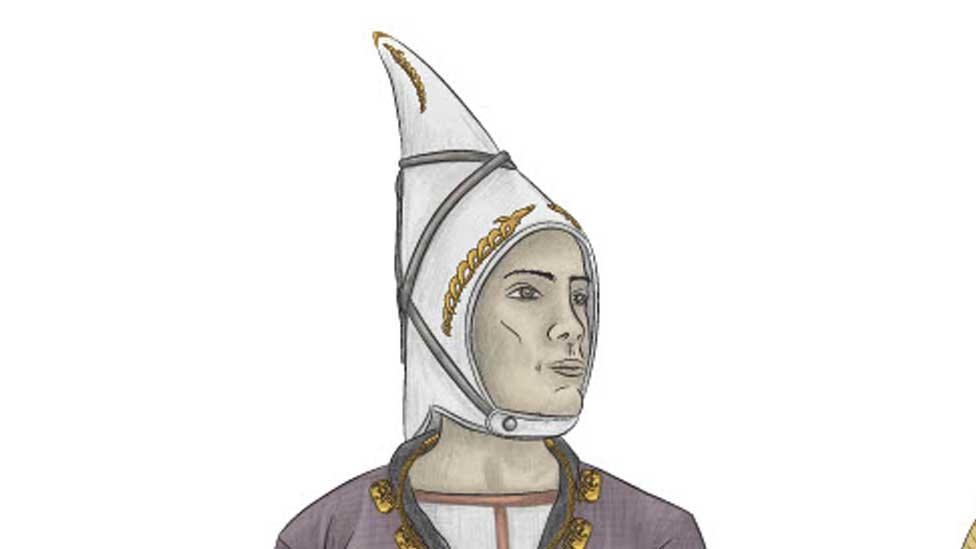
- Published9 August 2021

- Published8 June 2020
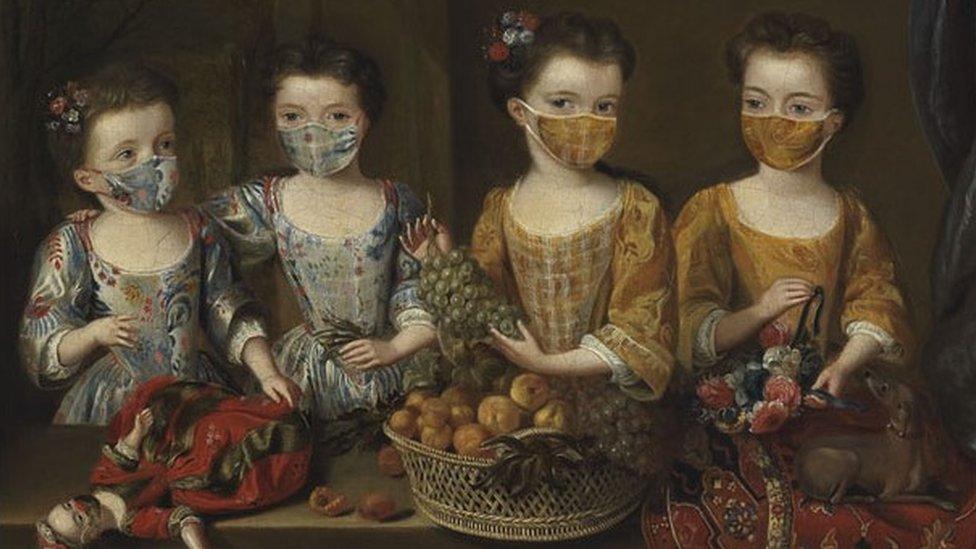
- Published28 July 2018
